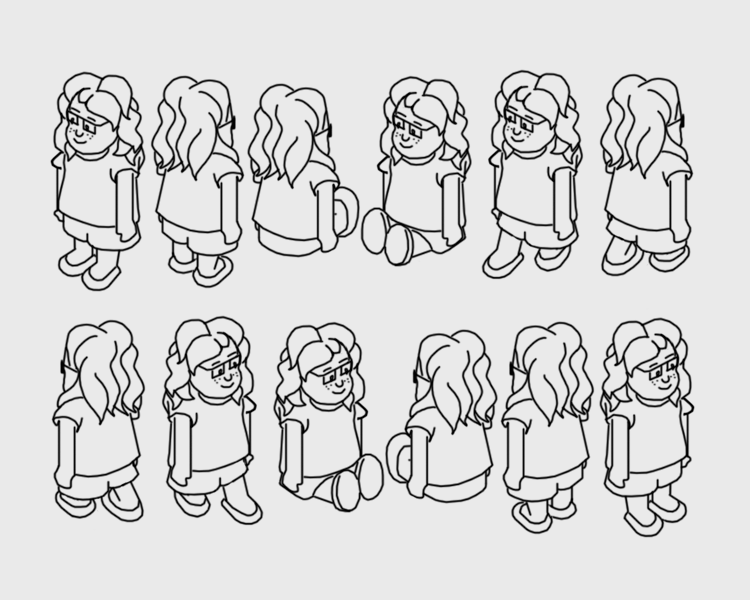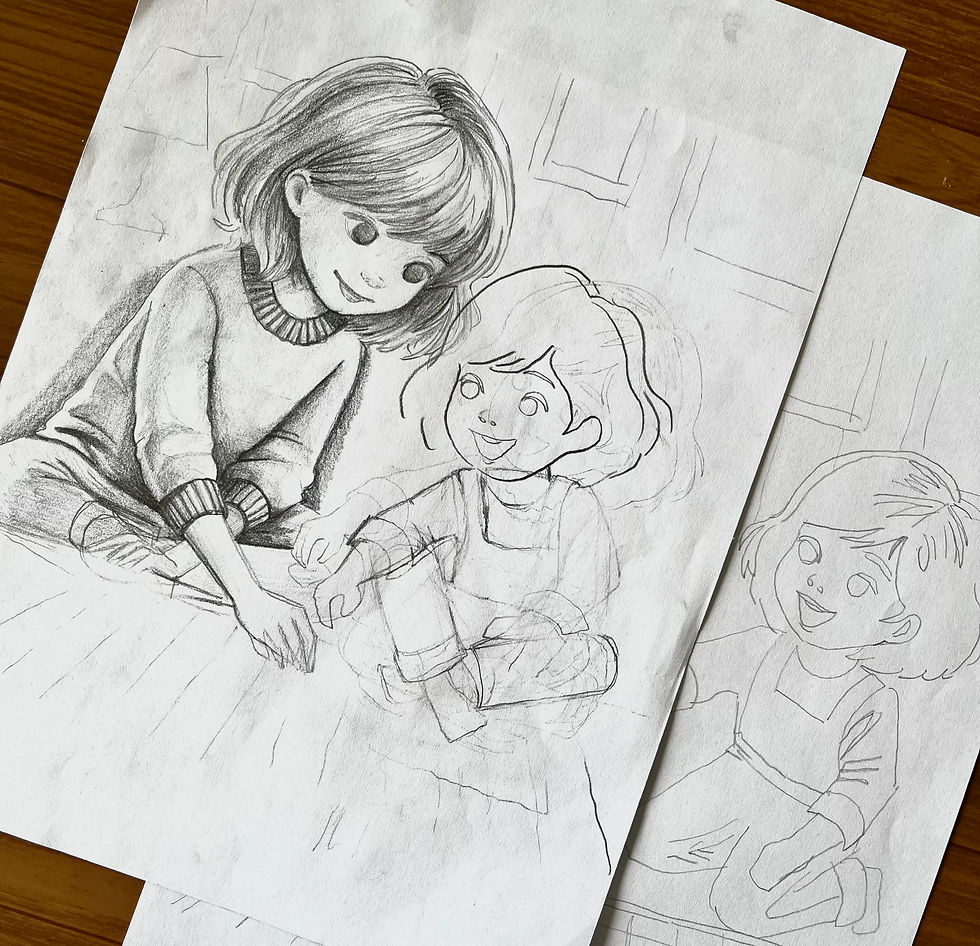The Evolution of Taste in Design: Why Raising Your Standards Matters
- Emily Meer

- Mar 31
- 4 min read
Taste is the invisible hand that shapes design. It determines what we find beautiful, functional, and compelling. But taste isn’t static—it evolves as we expose ourselves to better work, refine our judgment, and elevate our standards. In design, raising your standards isn’t just about being picky; it’s about sharpening your ability to recognize quality and execute it yourself.

The Growth of Taste
Though often mistaken for innate talent, good taste is actually cultivated through exposure and experience over time. Those with a keen eye for design have likely developed their taste through years of studying, analyzing, and creating.
As someone who can draw well, colleagues often compliment my talent. Their praise is generally followed up with some form of “I could never do that,” which is, strictly speaking, untrue. The problem is not that they could never draw as well, but that they are inexperienced compared to me who has been drawing since I was a child. With years of practice and observation, I naturally have a more refined understanding of form, color, and composition. The same principle applies to design—good taste comes from time spent studying, analyzing, and creating, not from an inborn gift. In short, taste is cultivated.


That starting point, though, is always characterized by poor taste. Early in a designer’s journey, their taste is likely to be undeveloped, leading them to admire work that, in hindsight, lacks refinement. I certainly faced this early in my career. In 2018, my role required a lot of illustrating, and those first attempts were quite hideous. Now, there is simply no comparison. Over time, exposure to great design, critique, and practice help refine this sense of quality. You begin to see the subtle details that separate good from great.
The progression of taste is similar to developing a palate for wine. At first, simpler, more accessible wines may seem enjoyable. But as you experience more refined vintages, you start to notice depth, complexity, and balance. Over time, your preferences shift, and what once seemed excellent may now feel unrefined. The same evolution happens in design—the more high-quality work you're exposed to, the more your taste matures.
Raising Your Standards
As your taste improves, so do your expectations. You start demanding more from your own work, and this is where real growth happens. This higher standard acts as a filter, pushing you to iterate more, discard mediocrity, and aim for excellence. It’s an ongoing process that keeps designers from becoming complacent.
However, improving your taste is only half the battle. You also need to develop the skills to execute on that elevated aesthetic judgment. And this ability gap can be the more challenging hurdle to overcome.
It is common for creatives to experience a gap between their taste and ability. Many designers experience a period where they can recognize great work but struggle to create at that level. As said by Ira Glass, host and producer of the radio and television series This American Life, who popularized the subject, “It’s trying to be good, it has ambition to be good, but it’s not quite that good.” As a result, what you feel is disappointment.
It’s hard to get past that feeling, and it is easy to internalize that creative fields are not for you. It is, however, an inevitable part of a design career, and actually a sign of progress—it means your taste has improved, and now your skills need to catch up. The only way forward is through practice, feedback, and perseverance. And these days, pushing through that gap is more important than ever.
The Increasing Importance of Taste in the Age of AI
As artificial intelligence takes over more of the routine and technical aspects of design, taste becomes an even more critical differentiator. AI can generate layouts, color palettes, and even entire branding packages, but it lacks the refined judgment and creative intuition that come from deep human experience. The best designers will be those who can curate, refine, and elevate AI-generated work, ensuring it meets a high standard of aesthetic and functional quality. In a world where automation can handle the basics, taste is what will set great designers apart.
How to Improve Your Taste
Expose Yourself to Great Work – Follow top designers, study timeless designs, and analyze what makes them effective.
Seek Critique – Surround yourself with people who have high standards and are willing to give honest feedback.
Refine Your Eye – Instead of passively consuming design, break it down. Why does a particular color choice work? Why does a layout feel balanced?
Push Your Limits – Challenge yourself with projects outside your comfort zone. Growth happens when you tackle difficult problems.
Iterate Relentlessly – The first draft is rarely the best. Keep refining until your work meets the standard you aspire to.
The Never-Ending Journey
Taste is a moving target. As you reach one level of refinement, a new one emerges. The best designers are never fully satisfied because their taste keeps evolving. This hunger for better design is what separates the good from the great.
By consistently raising your standards, you ensure that your work—and your taste—keeps improving. Over time, what once seemed exceptional will become your new baseline. And that’s the true mark of growth in design.



Comments